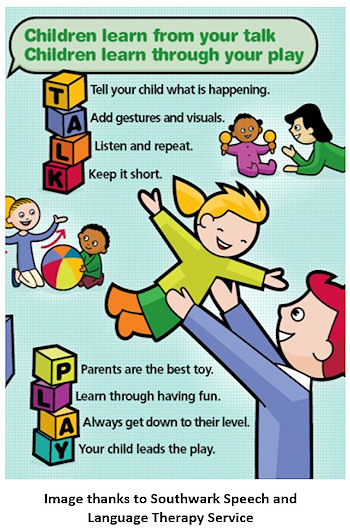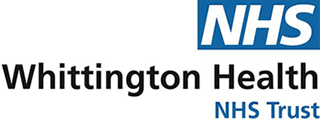Early Communication
Top Tips


A doll. A digger. Musical instruments. A ball. What’s the best thing to help your child develop their early communication skills? That’s easy – it’s YOU!!
Make sure you spend time talking and playing with your child every day
- Get down on your child’s level and be face to face with them. That way, they will easily be able to see you and your face/lips as you communicate together. Being face-to-face also helps you to see what your child is interested in and be able to respond to all of your child’s communication.
- Follow your child’s lead/go with what they are interested in. So, if your child is really enjoying bubbles, talk about that – “bubbles”, “blow”, “pop”, “all gone”, “more”
- Respond to all of your child’s communication – they may do this non-verbally, by looking, making a movement, reaching out, with a gesture/action/sign, or they might make a sound or say (or try to say) a word. Children typically experiment with sounds before they can use them in real words – this sound play is called babbling.
- Be careful with questions – being asked lots of questions can feel like a test! And your child may not know the words yet to be able to answer. So, it can be more helpful for your child to hear you say the words for everyday objects and actions, as you do things together during the day.
Click on the links below to find out more about early communication development and how you can support your child at home.
Last updated10 Sep 2025

